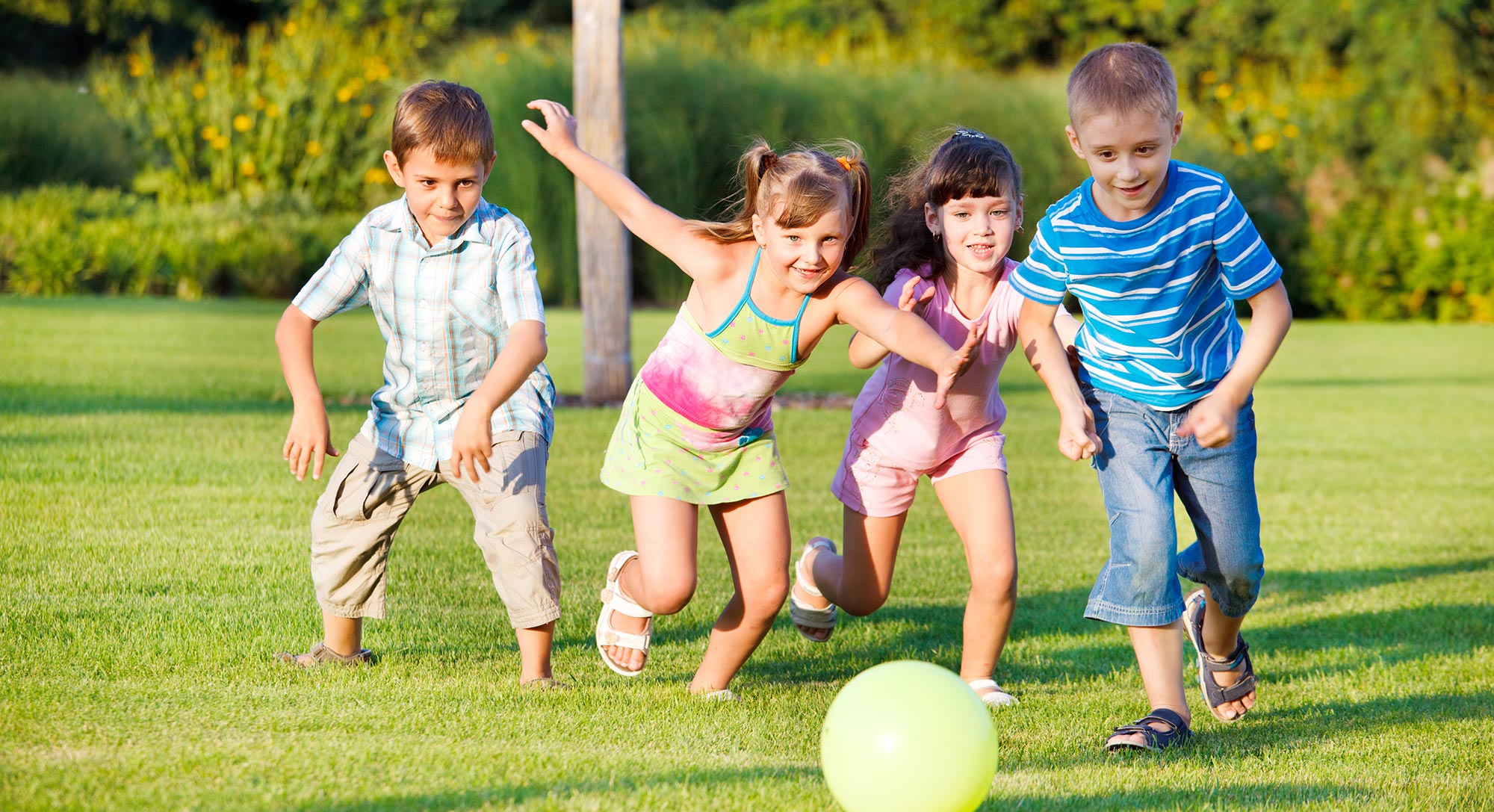Know the Difference: Artificial Turf vs. Hardscaping
Homeowners living in deserts, arid, or drought-ridden places face an important decision: should they switch to artificial turf or hardscaping?
While these aren’t your only options, alternatives like maintaining a natural lawn or leaving a patch of dirt come with significant downsides. Water restrictions make natural lawns nearly unaffordable and unreliable, especially in summer. And bare dirt doesn't do any favors for curb appeal, often detracting from property value. Thus, turf and hardscaping remain the most viable choices.

The Grass Really is Greener
Artificial grass offers the timeless look of natural grass with modern engineering benefits. It saves money, time, and water, all while maintaining the appearance of lush, green grass. With most products backed by 16-year warranties, you can enjoy long-lasting beauty and functionality. Additionally, artificial grass provides a safe surface for kids to play, free from the risks of bruises or scrapes on hard, rocky surfaces.
The Benefits of Artificial Turf
Water Conservation:
- Artificial turf requires no watering, making it an excellent choice for drought-prone areas. This significant reduction in water usage not only conserves a precious resource but also cuts down on water bills.
Low Maintenance:
- Unlike natural grass, artificial turf does not need mowing, fertilizing, or weeding. This frees up your time and reduces long-term maintenance costs.
Year-Round Green:
- Artificial grass remains lush and green throughout the year, regardless of weather conditions. It resists fading and wear, ensuring a consistently beautiful lawn.
Durability:
- Designed to withstand heavy foot traffic and harsh climates, artificial turf is a durable option for families with kids and pets. It won’t develop bare spots or mud, even after heavy use.
Safety:
- Artificial turf provides a soft, cushioned surface, reducing the risk of injuries from falls. This makes it an ideal choice for play areas and sports fields.
The Hardscaping Alternative
Low Water Usage:
- Like artificial turf, hardscaping eliminates the need for watering, making it another water-efficient option.
Durability:
- Hardscaping materials such as stone, concrete, and gravel are extremely durable and can last for decades with minimal upkeep.
Design Versatility:
- Hardscaping allows for creative landscaping designs, including patios, walkways, and decorative rock gardens. It can add a modern, sophisticated look to your outdoor space.
Low Maintenance:
- Once installed, hardscaping requires very little maintenance. Occasional cleaning and minor repairs are typically all that’s needed to keep it looking great.
Making the Choice
While both artificial turf and hardscaping offer significant benefits, only artificial turf provides a functional, green space for recreation and relaxation. It combines the visual appeal of a traditional lawn with the practicality needed in arid environments. Hardscaping, on the other hand, offers a durable and low-maintenance option but lacks the softness and versatility of artificial grass.
Ultimately, the best choice depends on your specific needs and preferences. If you value a lush, green lawn that is safe and comfortable for children and pets, artificial turf is the way to go. If you prefer a modern, low-maintenance landscape with unique design features, hardscaping may be the better option.
